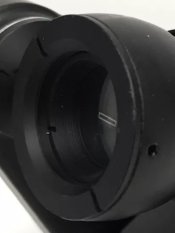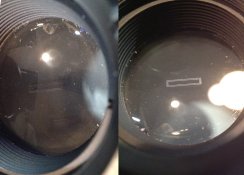faberryman
Subscriber
Thank you for the time and effort you put into this experiment.
Any chance the grain goes from blurry to sharp to blurry, or was that what you were looking at with the 30x microscope that was not satisfyingly sharp?
Any chance the grain goes from blurry to sharp to blurry, or was that what you were looking at with the 30x microscope that was not satisfyingly sharp?




